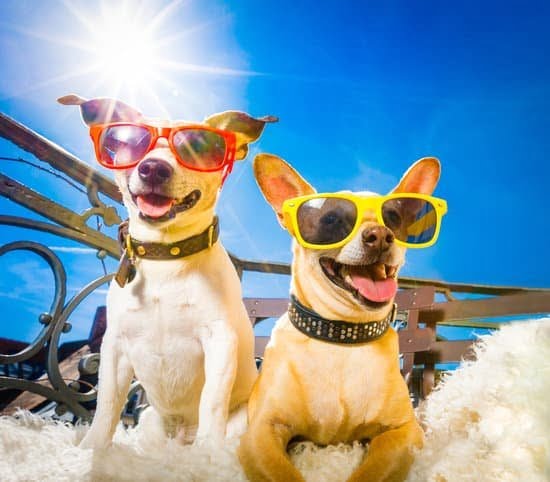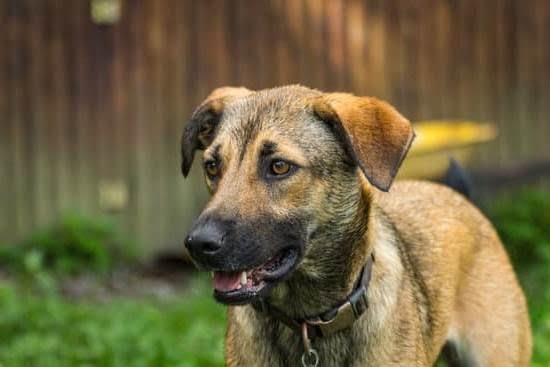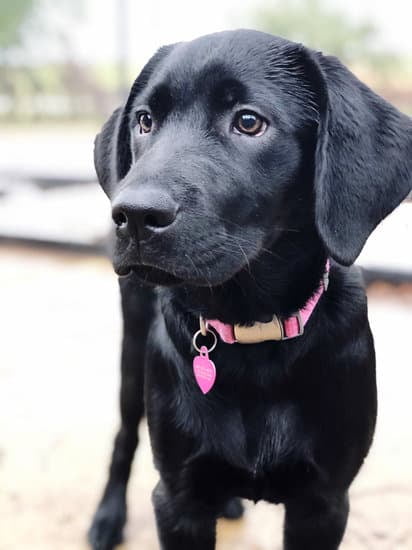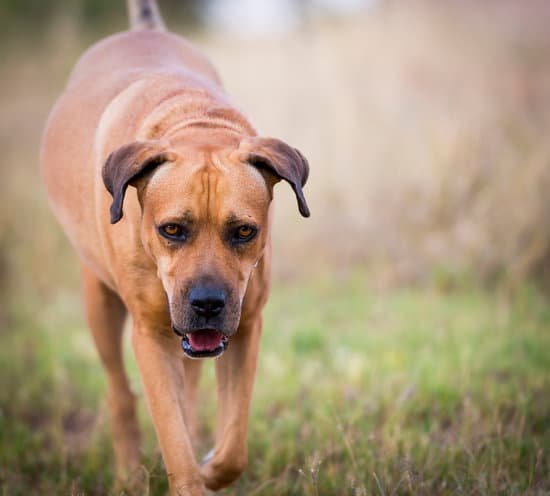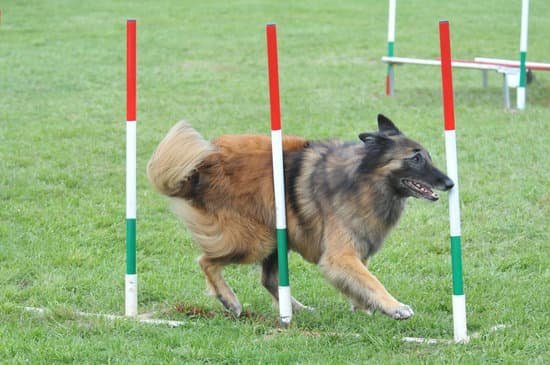Introduction
House training an older dog without a crate can be challenging, but it is possible with consistency and structure. Older dogs may not understand the idea of being trained indoors and may need more patience than younger pets. However, the effort required to house train an older dog can be rewarding in terms of building a durable bond between you and your pet.
Consistency is key when house training an older dog without a crate. This will involve having a regular indoor schedule for your pet, such as scheduled feedings, potty breaks, and playtime. Moreover, having designated areas in the home that are off-limits for your pet can also help them gain structure. Providing positive reinforcement on successful bathroom trips will also help incentivize your pet to repeat the behavior again in the future.
In addition to establishing routine and boundaries, it is essential to keep monitoring your pet during their potty sessions to ensure they don’t negatively associate their restroom activities with you or a certain location within your home – this could result in them avoiding these areas when nature calls. Lastly, never punish your elderly pet for accidents – instead remain patient and adjust the frequency of eliminating activities if needed.
Successful house training an elder dog is a huge accomplishment – it gives owners peace of mind knowing that their furry friend understands where they should do their business while abiding by other established rules within the home. In conclusion, through consistent structure, regular rewards, and plenty of patience every owner should be able to successfully house-train their adult pup – regardless if a crate is used or not!
Establish Their Zone
When house training an older dog without a crate, it is important to establish their own space. This can be done by designating a specific corner of a room, or even one room in the house that will be the designated spot for your pup. When designing their zone, it is important to make it as inviting and comfortable as possible with cushions and blankets. Add some of their favorite toys or treats so that they know that this is a spot for them. Make sure that the spot has ample privacy away from any heavy foot traffic or places where other animals may roam, as this may give your pup anxiety and make training more difficult. It may also help to spritz some of their favorite scents such as lavender or chamomile on their beds or blankets for extra comfort and relaxation.
Implement Consistent Feeding Times
When house-training an older dog without a crate, it’s important to establish consistent feeding times. By having regular meal times for your pup, you can give them a sense of routine which will make it easier for them to know when it is their cue for potty time. To establish a regular mealtime routine, consider starting by feeding your pup the same food with meals and treats at roughly the same time every day. When your pup has finished eating, you should always pick up any remaining food and delicately put it away in either an airtight container or sealed plastic storage bag so as to keep pests out of your cupboard – this will ensure that you don’t have any messes left in your kitchen. Additionally, it may be helpful to routinely mop up any spilled food on the floor after each mealtime and regularly wash their bowls to prevent possible health issues caused by bacteria build-up.
Implement Positive Reinforcement Training
Positive reinforcement training is a popular and effective method of house training an older dog without a crate. This type of training uses rewards, such as treats or verbal cues, to reinforce desired behaviors in the animal. By teaching your dog which behaviors you want them to repeat, and rewarding them for such behavior with positive feedback, dogs gain knowledge faster and are more likely to obey when given commands.
Many people have reported successful results by using this method of house training their older dogs, even if they do not have a crate to use during the process. Positive reinforcement involves the owner showing patience, praise and consistency in order to keep up with the training needed to teach the animal their new behaviors. For example, rewarding a dog with treats every time they eliminate outside instead of inside can quickly show them what behavior you hope they will continue exhibiting.
In addition to providing positive reinforcement when desired behaviors are exhibited, owners should also let their pet know what they do not want them to do by correcting misbehavior in a consistent manner. If your pet continuously relieves themselves in certain areas inside the home, owners should immediately let them know that this behavior is not acceptable and provide an alternative for them (e.g., guiding them outside). With patience and consistent efforts on behalf of the owner, an older dog may be effectively house trained without ever having used a crate before!
Provide Supervised Outdoor Time
When providing supervised outdoor time, it is important to create a distraction-free area. Avoid heavily trafficked areas or areas that contain high levels of stimulants, such as small animals, children or loud noises. Create a comfortable space either outdoors in the yard or indoors (depending on your dog’s preference and size) where your dog can do its business without being distracted. Ensure that your dog has access to fresh water at all times and provide constant reminders to help reinforce house training behaviors. Offering treats for going potty outside rewards the behavior and helps reinforce what is expected from the dog. In addition, be sure to keep out any toys that may serve as a distraction. Finally, allot plenty of time for your pup, as older dogs may take extra time to become accustomed to the new routine and environment.
Provide Praise and Reward
When house training an older dog without a crate, it is important to provide positive reinforcement in the form of praise or rewards. The most effective reward for your pup is the opportunity to spend quality time with you. Spend time on the floor or ground playing fetch or tug-of-war and give lots of positive attention throughout the day. Offering treats that your dog loves is also another way to reward successes when house training.
Giving verbal praise for successes as well as physical touches such as strokes and scratches are all simple but powerful ways to show your pup that their behaviors are appreciated. If they eliminate in the pattern you’re hoping for, make sure to say something along the lines of “good job” and maybe even throw in a treat! Doing things like this can be immensely rewarding for both you and your pup and instill in them a feeling hope and trust that will translate into their behavior going forward.
Establish a Reliable Time for Potty Breaks
When house training an older dog without a crate, establishing a reliable time for potty breaks should be the highest priority. Creating a schedule helps your dog anticipate when outdoor trips will happen, which limit the chance of any accidents inside. You can recognize the signs whenever your dog needs to go outside; they may start sniffing the ground, begin to pace around, or start spinning in circles.
Providing the ideal potty spot is important in house training as well. Determine a spot where dogs usually go potty and take them there regularly on each trip outside. Using commands like “Go Poop!” not only helps give direction but also keeps more consistency throughout the potty training process. If you notice your older dog forgetting their routine, certain techniques such as leading with treats or simply gently reminding them to go outside alter their behavior accordingly.
Utilize a Variety of Training Tools
Training an older dog without a crate requires a variety of tools. Clickers, verbal commands, treats and toys can all be used as rewards to help the training process. Using a clicker gives your dog immediate feedback that they have done something right, whereas verbal commands should be short and clear and repeated often to ensure the dog understands them. Treats and toys can also be used as rewards when they do something correctly during training but should vary depending on preference. Managing a leash and harness can also come in handy while house training an older dog without a crate. The leash will help maintain control of their movement you can redirect their attention from any distractions that may arise. The harness prevents pulling on their neck which can make using the leash easier for both dog and owner. All four tools should be used in moderation with the primary focus being to provide positive reinforcement for correct behaviors.
Conclusion
The process of house training an older dog without a crate requires patience, consistency, and dedication. First, create a schedule and stick to it for meal times, bathroom breaks, and bedtime. Next, establish a bathroom routine where you take your dog to the same spot every time for them to go potty. Additionally, use verbal cues such as “go pee” or “go potty” before going outside. Provide positive reinforcement whenever they do their business outside and avoid punishment or negative feedback if they have an accident indoors. Finally, limit your pup’s access to the house by blocking off access to specific rooms or placing a playpen to help create boundaries in the home.
House training your older dog can be beneficial in many ways and is important for ensuring long-term happy living together. Having a dog that is fully trained eliminates stress in the home environment and it makes outings easier because you know you don’t have to worry about accidents inside places like restaurants or shops. Additionally, it will provide your pup with structure which is essential for their mental health.
To ensure successful house training results with an older dog we recommend committing to this process with patience and consistency. Don’t waiver from the plan you set forth for yourself no matter how tempting it may be! If you make it fun for them with lots of praise throughout the process then you should see good results soon enough!

Welcome to the blog! I am a professional dog trainer and have been working with dogs for many years. In this blog, I will be discussing various topics related to dog training, including tips, tricks, and advice. I hope you find this information helpful and informative. Thanks for reading!

